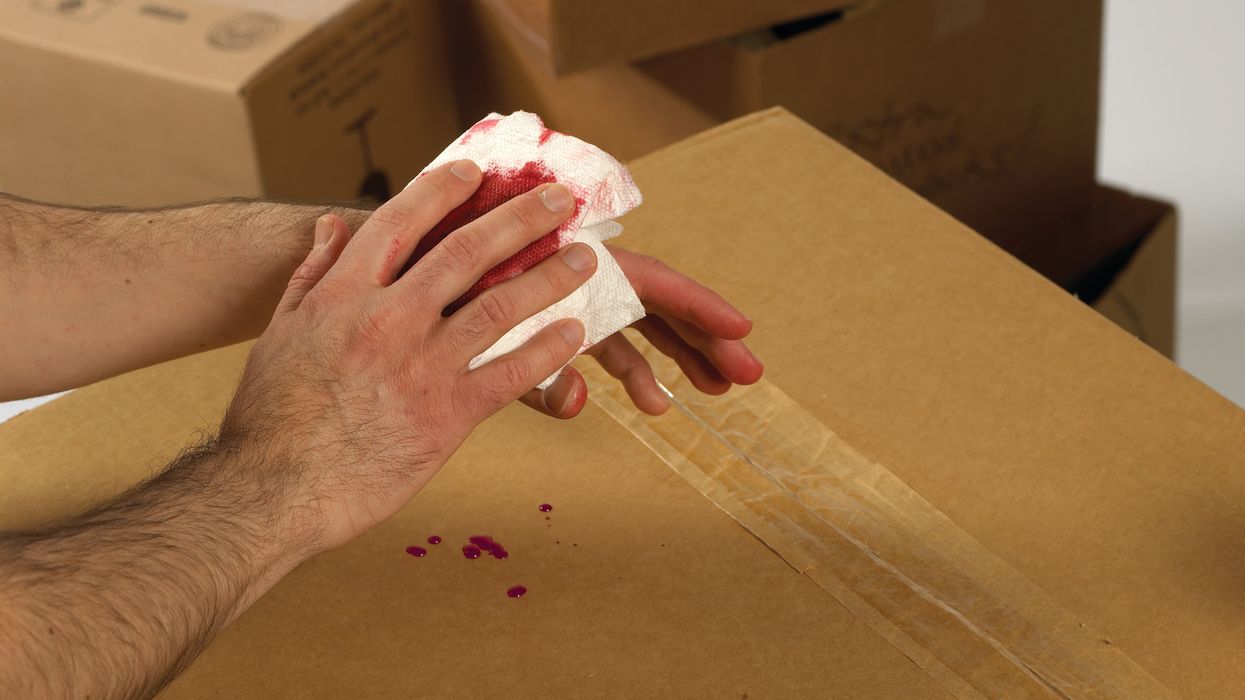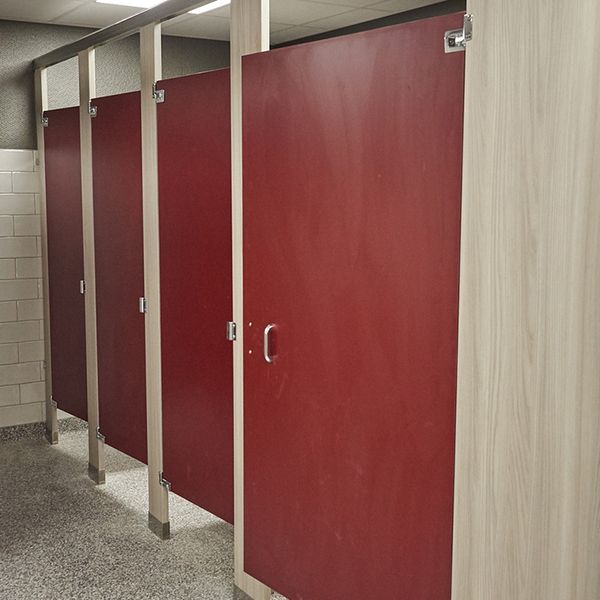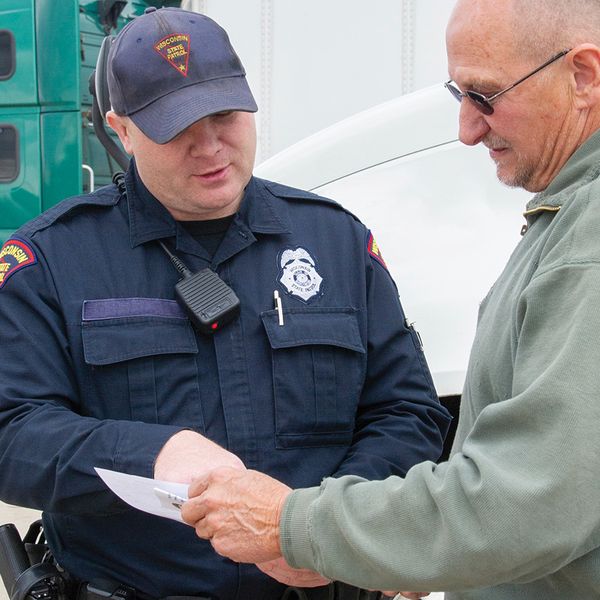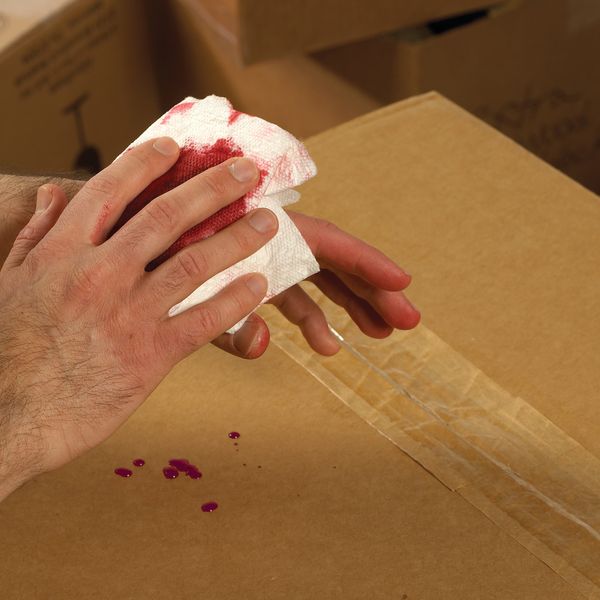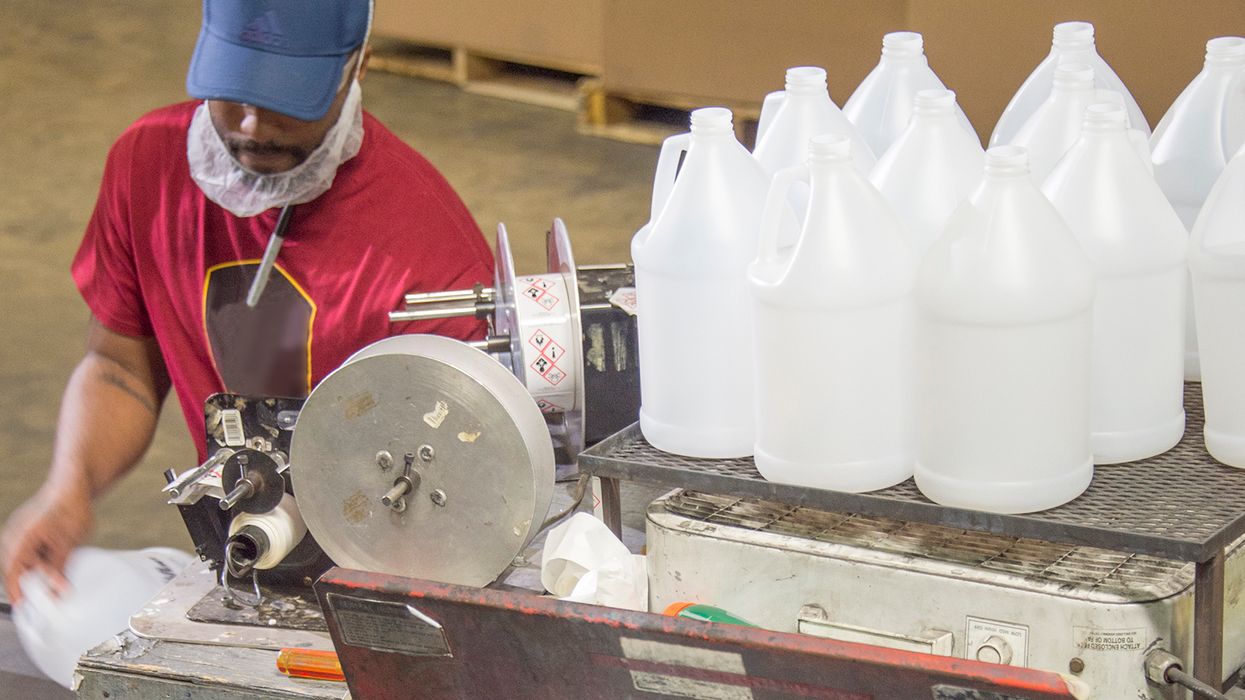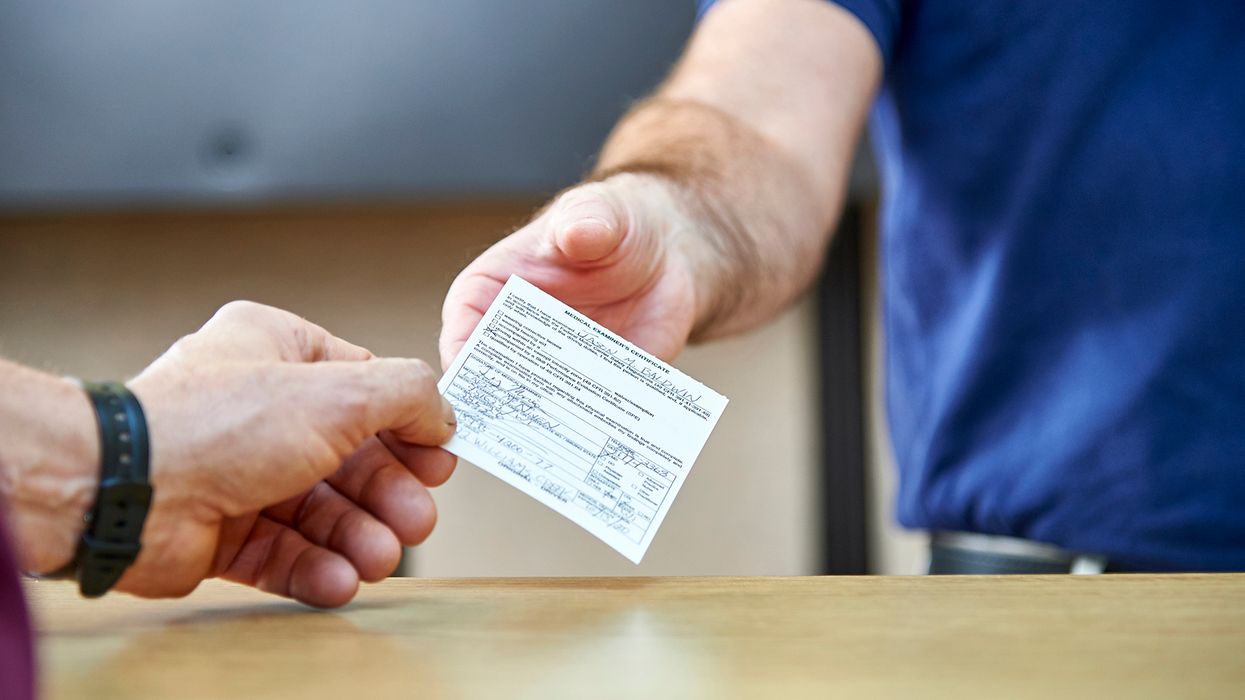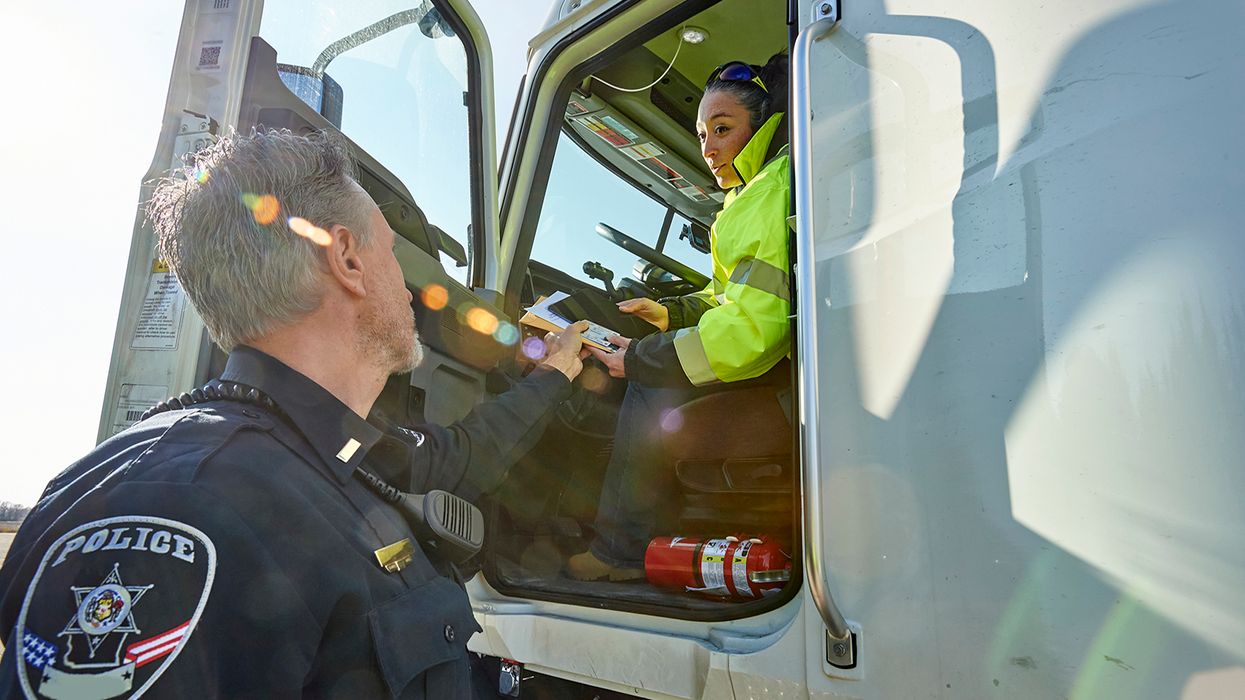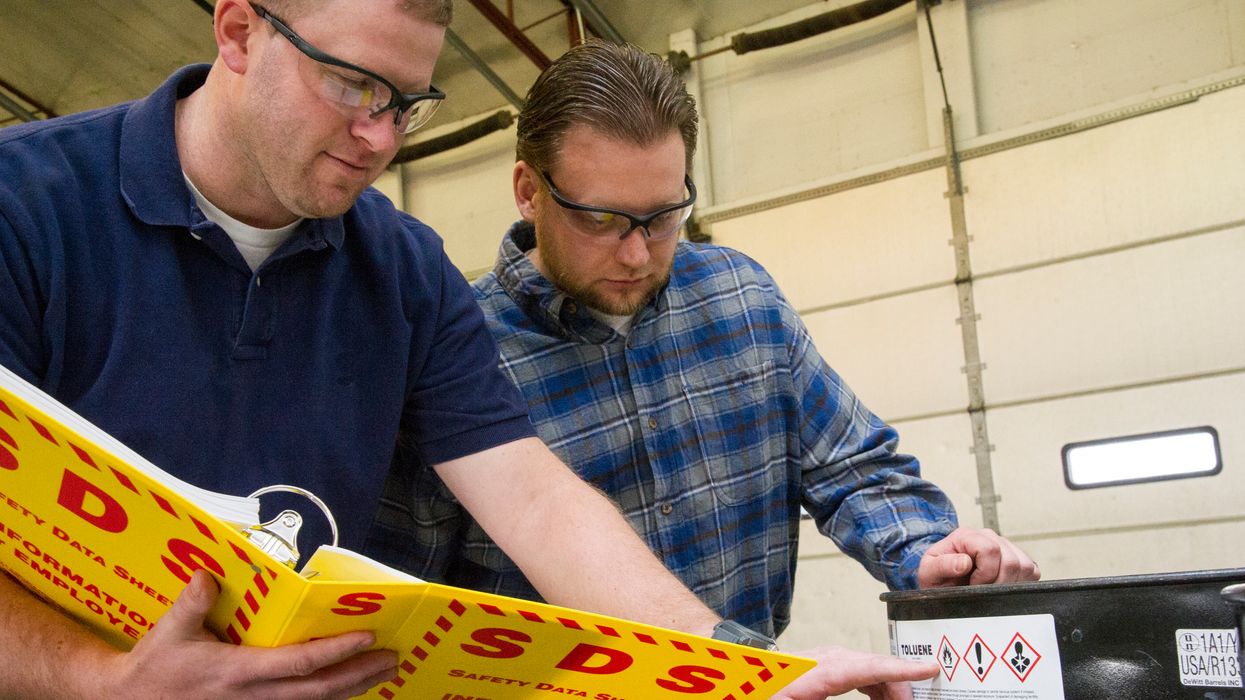Ouch! Preventing workplace sharps injuries
Sharps are objects that can penetrate a worker’s skin, such as needles, scalpels, broken glass, or box cutters. If blood or other potentially infectious materials (OPIM) are or may be present on the sharp, it’s considered contaminated, and appropriate personal protective equipment (PPE) must be worn. Sharps injuries can potentially expose workers to bloodborne pathogens (BBP) such as hepatitis B, hepatitis C, or human immunodeficiency virus (HIV).
Healthcare workers have a sharps injury rate more than six times that of other workers, a recent National Institute for Occupational Safety and Health (NIOSH) study found, with the majority of injuries occurring among female workers and workers under 35. Other industries with a high rate of sharps injuries are:
- Justice, public order, and safety;
- Traveler accommodation;
- Higher education settings; and
- Pharmacies and drug stores.
OSHA requires employers to protect employees who have occupational exposure, defined in the BBP standard as “reasonably anticipated skin, eye, mucous membrane, or parenteral contact with blood or OPIM that may result from the performance of an employee’s duties.” Although healthcare immediately comes to mind, the examples above show that occupational exposure occurs in various industries. Workers must be trained as outlined in 1910.1030(g).
Engineering controls
Engineering controls isolate or remove the BBP hazard from the workplace. Examples include sharps disposal containers, self-sheathing needles, and safer medical devices, such as sharps with engineered sharps-injury protection and needleless systems. OSHA says that where engineering controls will reduce employee exposure either by removing, eliminating, or isolating the hazard, they must be used.
Work practice controls
Work practice controls reduce the likelihood of exposure by changing the way a task is performed, such as appropriate practices for handling and disposing of contaminated sharps, handling specimens, handling laundry, and cleaning contaminated surfaces and items. Careful handling of contaminated sharps can prevent injury and reduce the risk of infection. Safe work practices include:
- Implementing the use of universal precautions, i.e., treating all human blood and OPIM as if it’s infectious for BBP.
- Planning safe handling and disposal before any procedure, such as blood draws.
- Using tongs or a plastic scoop to pick up blood- or OPIM-contaminated broken glass, metal shavings, box cutters, or other sharp items by hand.
- Never passing used sharps between workers.
- Using safe and effective needle alternatives when available, such as needleless devices.
- Activating the device’s safety features.
- Disposing of contaminated sharp objects in a puncture-resistant sharps container immediately.
Key to Remember: A combination of engineering controls, work practice controls, and training is key to preventing sharps injuries in the workplace.

